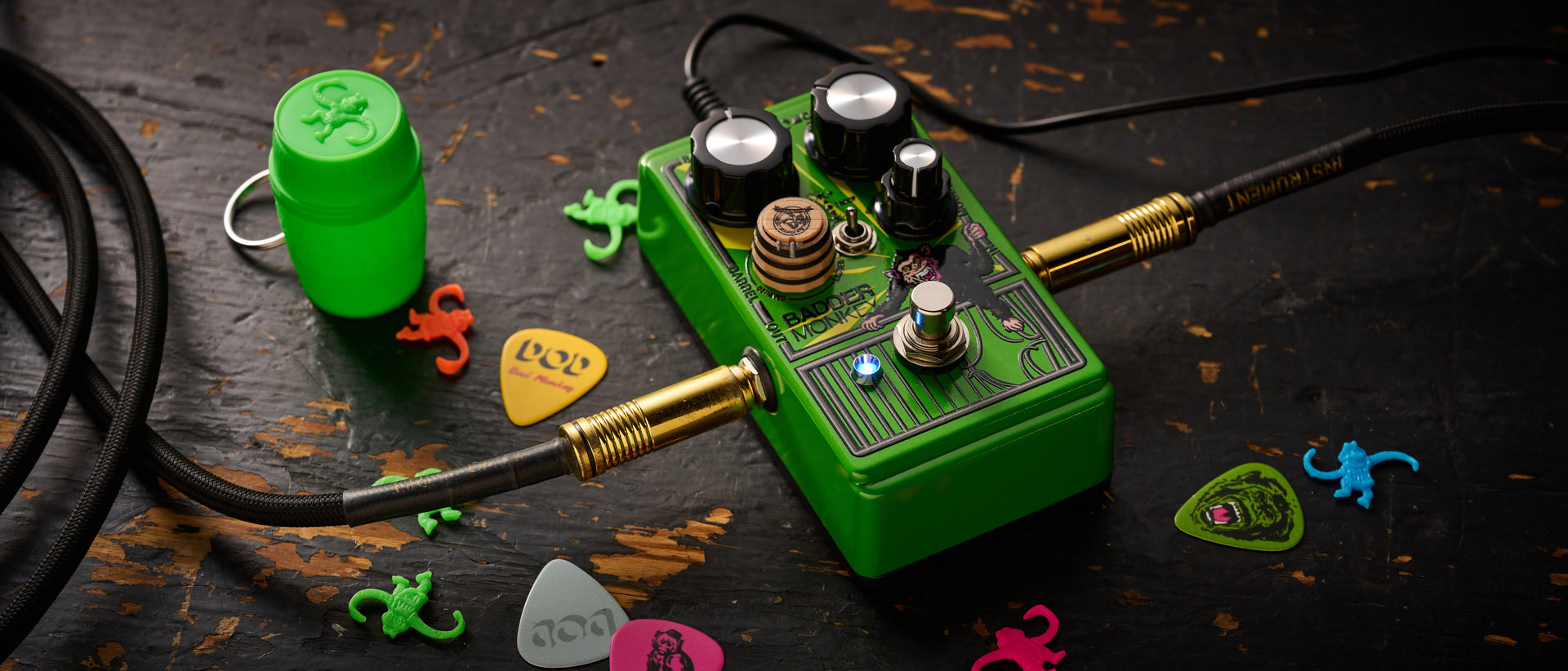“I wouldn’t be surprised if the guitar moves in a digital direction where it doesn’t have strings”: How Ola Strandberg went from midlife crisis to revolutionizing headless guitars – and what he thinks could be next
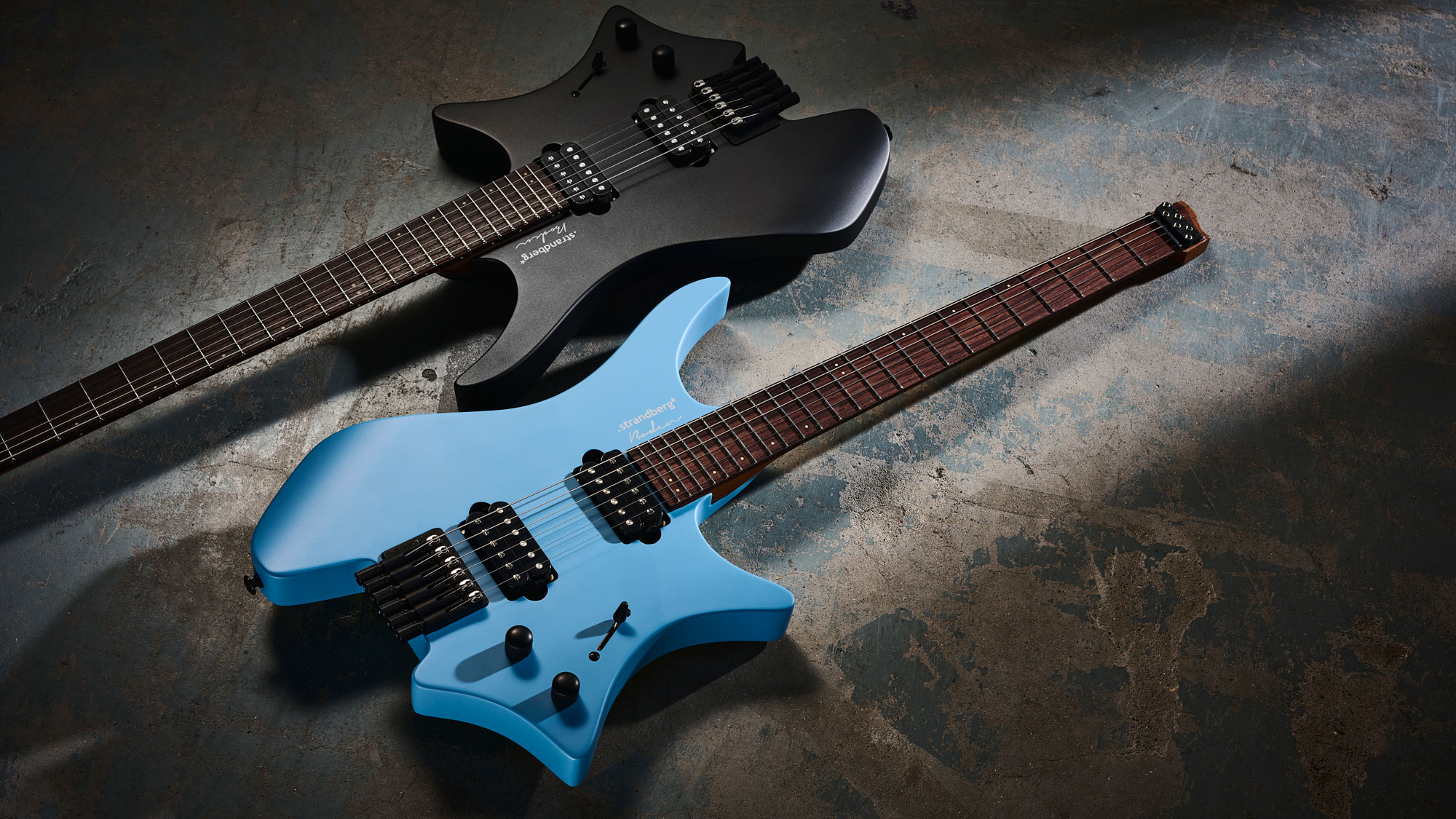
2007 was a milestone year for tech and music. Apple unveiled the first iPhone and Facebook was launched, opening the era of smartphones and social media. The music world experienced a similar phenomenon – it just didn’t know it at the time.
Ola Strandberg had just completed work on his passion project: building his first electric guitar. It was his first step towards launching his eponymous brand, which has revolutionized instrument design with a radical approach to the six-string that places physical health at the top of its priorities.
Forgoing everything that doesn’t work optimally for players, including headstocks, Strandberg’s ergonomic creations have a reputation as some of the most forward-thinking instruments on the market, with a game-changing neck profile that further sets them apart from the rest of the industry.
Despite its relative infancy, Strandberg has already revived the fortunes of headless guitars, worked with the likes of Plini, Jacob Collier and Jordan Rudess, and become the de facto go-to axe in the progressive metal world.
But as he tells Guitar World, it all started with that first build in ’07. While he was still working in the pharmaceutical industry he’d set about making a guitar solely for his own use. When he realized what he’d stumbled upon, he set about sharing his creation with the world.
Before you got into guitar building, what was your background?
“I studied to become a mechanical engineer and my first job was in a pro workshop. I learned a lot of techniques for metalwork, CAD drawing and those kind of things. I became pretty specialized in administrative software. I’d stopped playing guitar; I met my wife, we had kids and I moved more into product management marketing. I had a proper professional career.”
All the latest guitar news, interviews, lessons, reviews, deals and more, direct to your inbox!
What inspired you to pivot to guitar building?
“It was from burning out in the IT industry. It was my comeback, mentally, to the world. When I was young I read an article about Allan Holdsworth, my guru, who explained how he’d had a guitar built from jelutong – a very non-traditional material. I’d just turned a wooden bowl in school, and it just clicked: ‘Maybe you can actually build a guitar!’ I built a few.
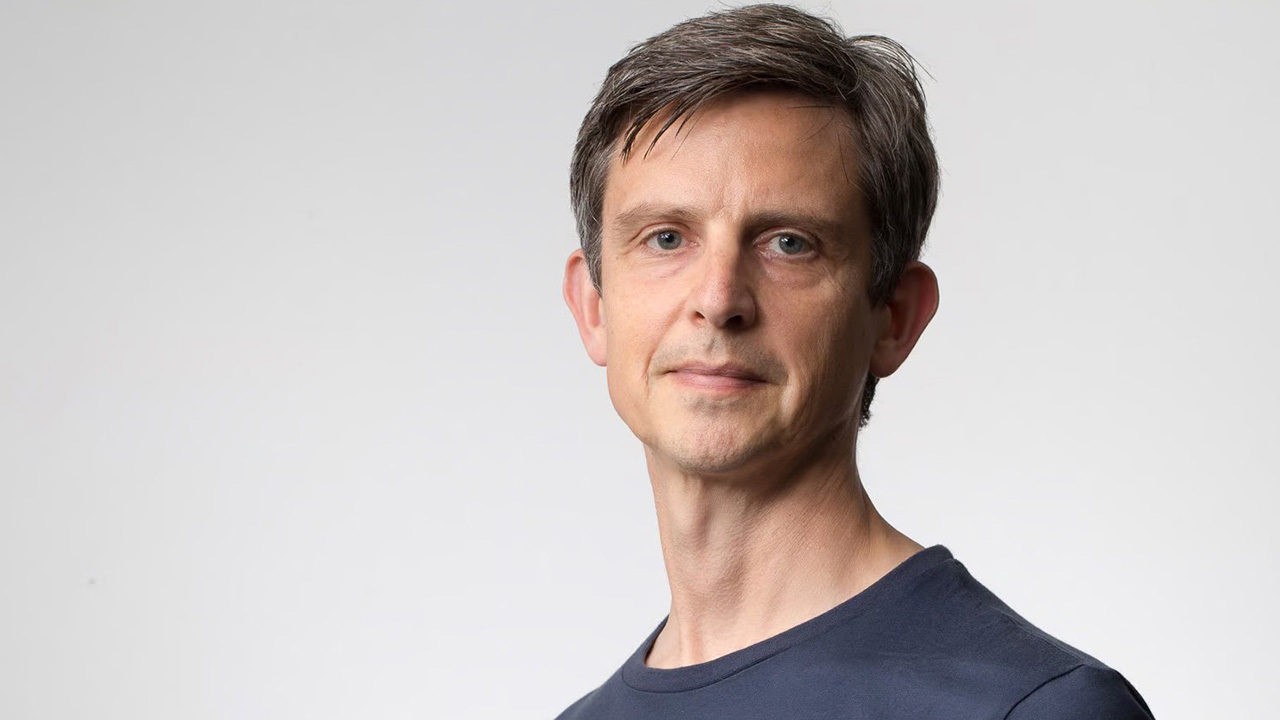
“When I was in this midlife crisis I thought back to those days. It was planned to be just a guitar for myself, as a distraction, but then it mushroomed into, ‘What if I make this into a concept and try to solve a problem?’”
Did the guitar you made as a kid look similar to the Strandbergs of today?
“No, not at all. I built a Telecaster, then I built a guitar out of jelutong with a shape that I designed myself. For the third guitar I took the hardware of a Honer headless Steinberg-licensed guitar, and I built a Strat-type body for that.”
Ergonomics is a big focus for Strandberg instruments, alongside the headless design, of course. What inspired that approach?
“That Steinberger hardware attracted my engineering mind. I didn’t think of it as ergonomic but I enjoyed the engineering aspects of it. So when it came to realizing this guitar project I thought I should make it headless.
“I started searching online for headless hardware and there wasn’t any, but I stumbled on a community of ergonomic guitar builders – that’s how the ergonomic angle came in. I wanted to make it more than just a guitar, and then I stumbled on this problem to solve.”
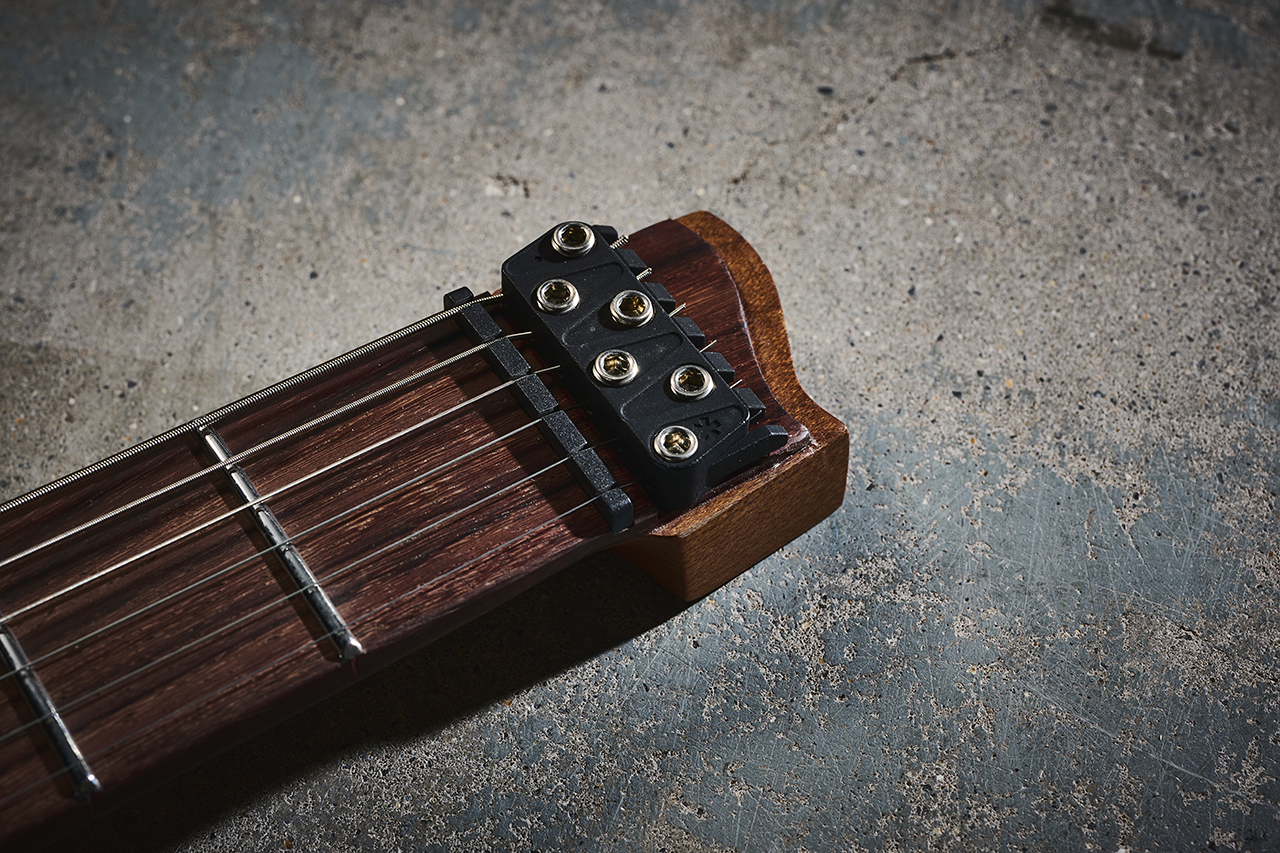
How long did it take to settle on a design?
“It was actually pretty quick. I realized that an ergonomic guitar should be lightweight. I didn’t study the subject exhaustively, but I did read up about how to avoid repetitive stress injuries.
“At the time I was the director of software at a biotech company. We had a workshop in the basement, so I used lunch breaks and evenings to make prototype hardware. Then I used the company that produced prototypes for the biotech company to help manufacture the first hardware.
I sometimes say that other people make guitars without headstocks, while we make headless guitars
“I'd become active in a forum called Project Guitar, and other builders started contacting me to say, ‘I want to buy your hardware.’”
What about the EndurNeck – did that take some more refining?
“That came a few years later. I read about Jerome Little, who builds basses with a twisted neck to allow playing with a straighter wrist angle. Lace had a guitar in production with the twisted neck. That seemed like a cool thing – but it does require you to change your playing technique. You can’t bend upwards because the notes will choke out.
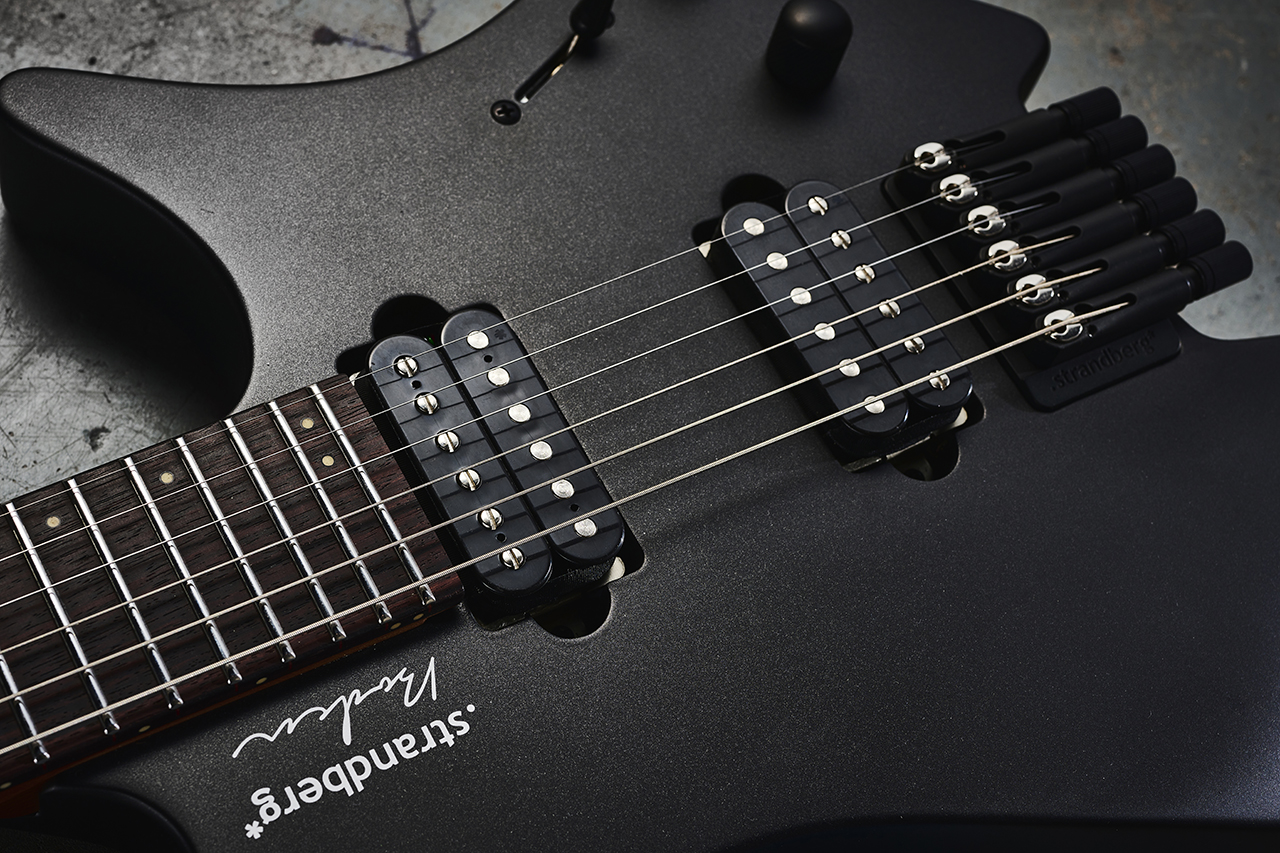
“Then I did some collaborations with another guitar builder who’d started messing with the trapezoidal shape. I wanted to accomplish the same thing as the twisted neck with a more conventional construction technique.”
At what point did it go from being a passion project into a full-scale brand?
“In 2007, I built the first guitar; in 2012, I invented the EndurNeck. I intuitively knew it was a great thing, so that’s when I thought, ‘Maybe this is something to build a business around.’
“That’s when I founded the company and I started looking for someone who could mass-produce the guitars, which took a couple of years. In late 2014 the first mass-produced batch was done. In the spring of 2015 I quit my day job.”
Headless guitars are becoming more popular again now. What are your thoughts on other brands venturing into that space?
“I think we’re still on an upward trajectory. As a brand communicating your values, you can do that on tradition or craftsmanship. We do it on innovation and focus on creating tools that will inspire you, and not harm you in the process.

“A lot of other brands are making headless guitars, but it’s just another model in their lineup. I sometimes say, with some level of seriousness, that other people make guitars without headstocks, while we make headless guitars.
“It’s a small distinction, but it’s generally what they do – they take conventional construction techniques, buy some headless hardware off the shelf and change the design to accommodate that hardware. We design everything from the ground up to work as a whole. The result is greater than the sum of the parts.”
There are plenty of guitarists out there today who have never played through an actual amp
Would you ever make a Strandberg acoustic?
“We’re working on it at the moment. We kind of teased it as an April Fool thing in 2023 – we actually showed an early prototype. It’s would have already been done if it hadn’t been for all the turbulence in the business. Now we’re kind of on an alternate design track.”
Where do you see the electric guitar going – what’s an average model going to look like in 50 years?
“I guess everything is becoming more digital. I wouldn’t be surprised if the guitar moves in that direction, to create a more hybrid-type instrument that you play as a guitar, but it doesn’t have strings. I do hope that there is room for an evolution of the electric guitar.
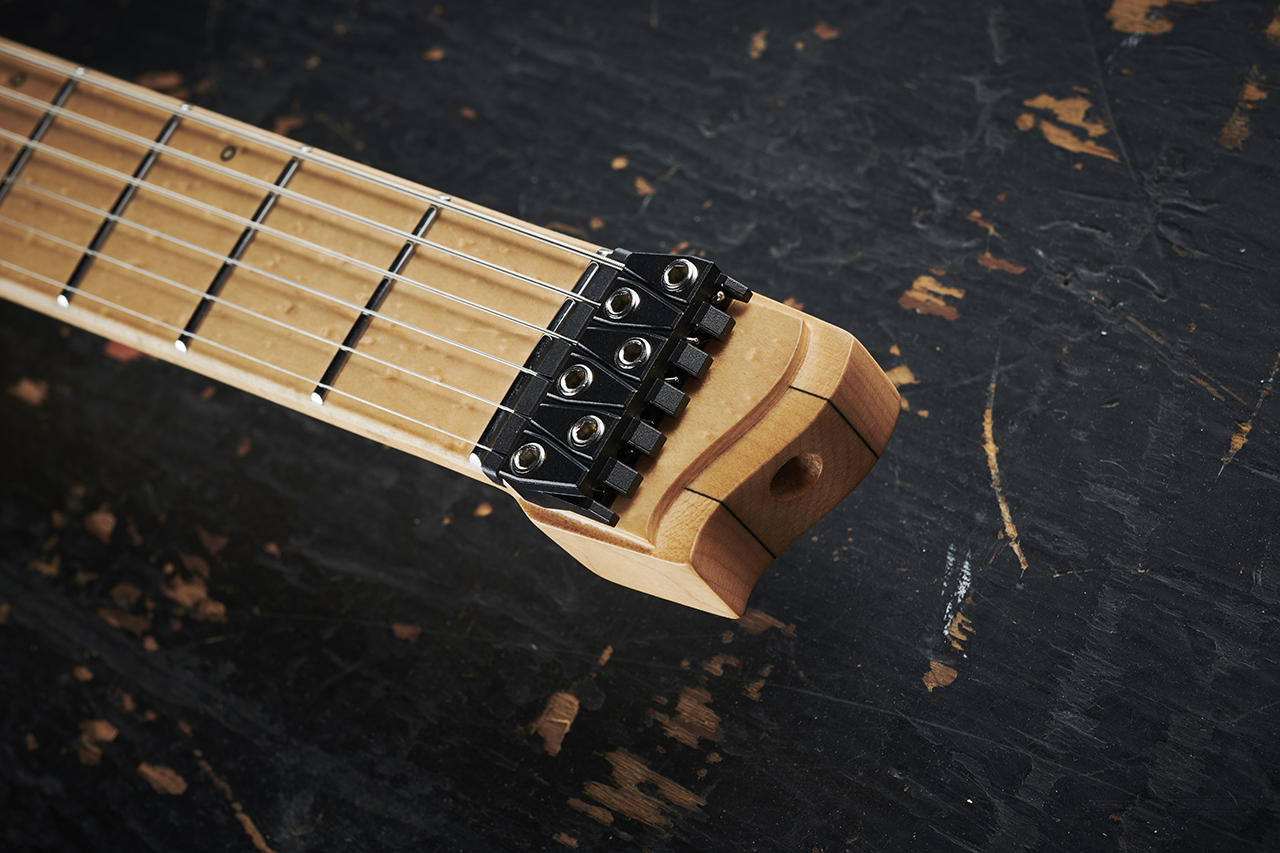
“Hand-in-hand with that is the signal chain, which is also stuck in the ’50s. The whole terminology around guitars is based on terms that come from tube amps. Even the amp simulator simulates what a tube amp should do. There’s no new terminology that gives a frame of understanding.
“I think there are plenty of guitarists out there today who have never played through an actual amp. There’s room for a new terminology – a new way to talk about sound and how you tweak those sounds, rather than, ‘I want a Tube Screamer in front of an amp.’”
- For more information, head to Strandberg.

Matt is the GuitarWorld.com News Editor, and has been writing and editing for the site for five years. He has a Masters in the guitar, a degree in history, and has spent the last 19 years playing everything from blues and jazz to indie and pop. During his GW career, he’s interviewed Peter Frampton, Zakk Wylde, Tosin Abasi, Matteo Mancuso and more, and has profiled the CEOs of Guitar Center and Fender.
When he’s not combining his passion for writing and music during his day job, Matt performs with indie rock duo Esme Emerson, and has previously opened for the likes of Ed Sheeran, Keane, Japanese House and Good Neighbours.
You must confirm your public display name before commenting
Please logout and then login again, you will then be prompted to enter your display name.
